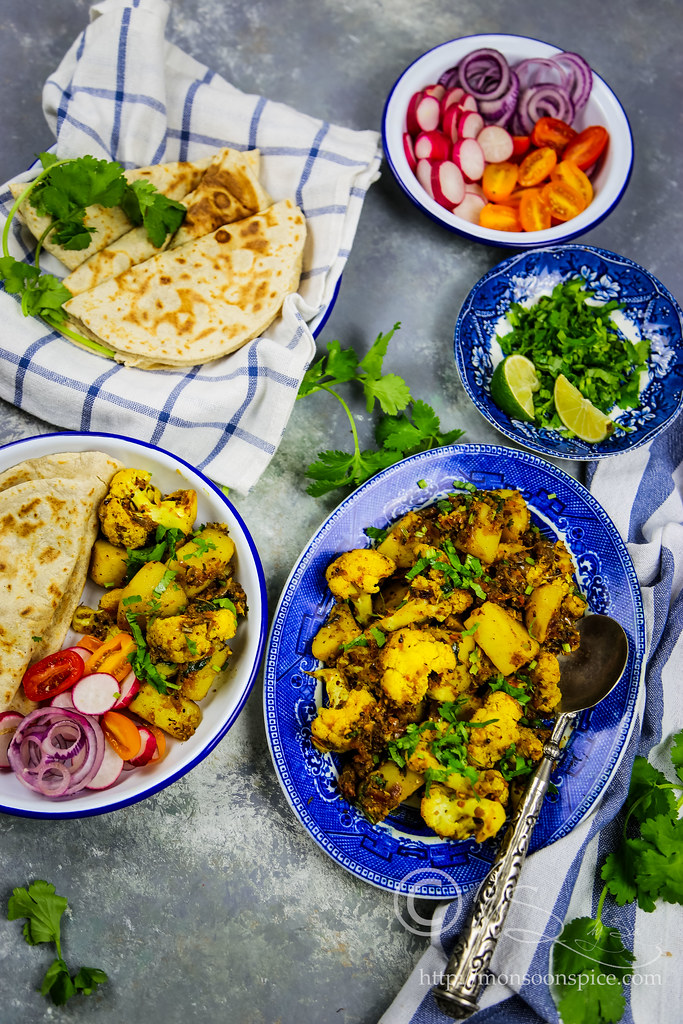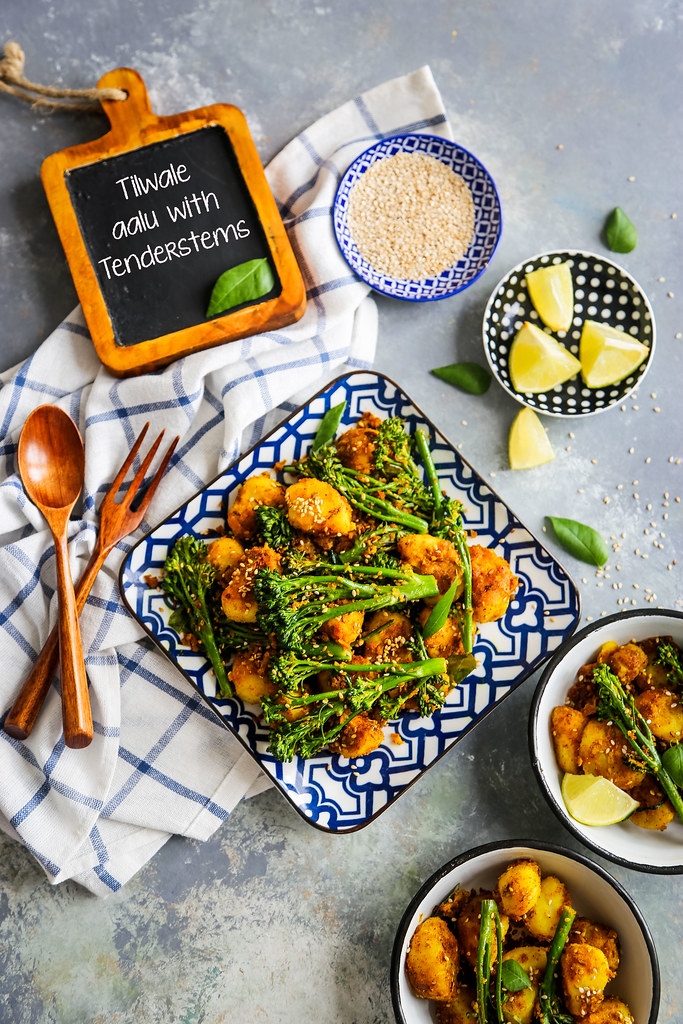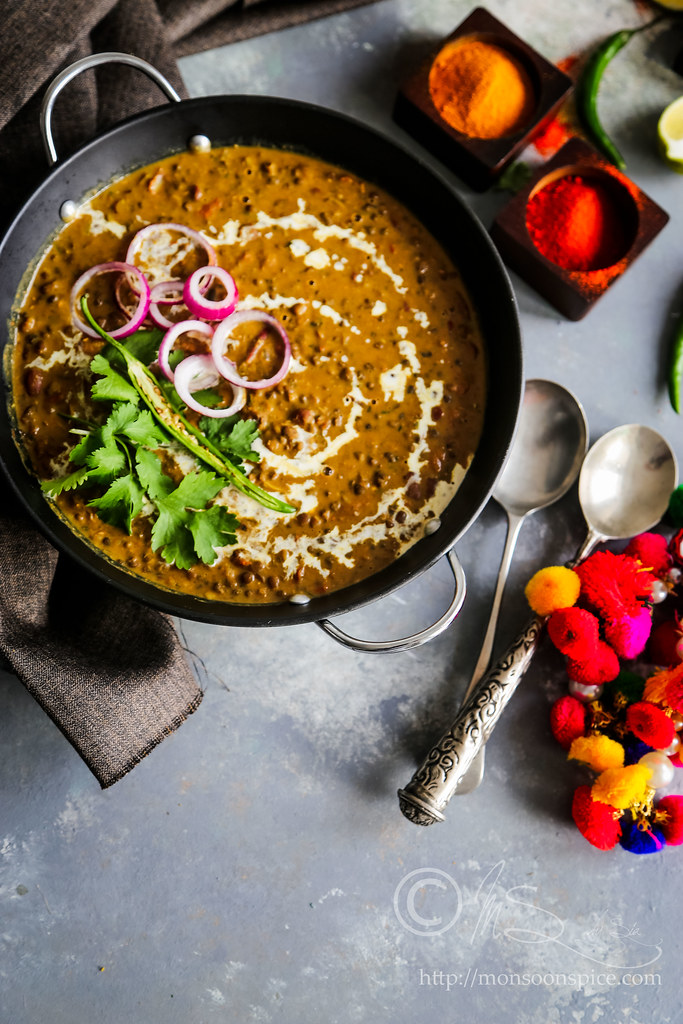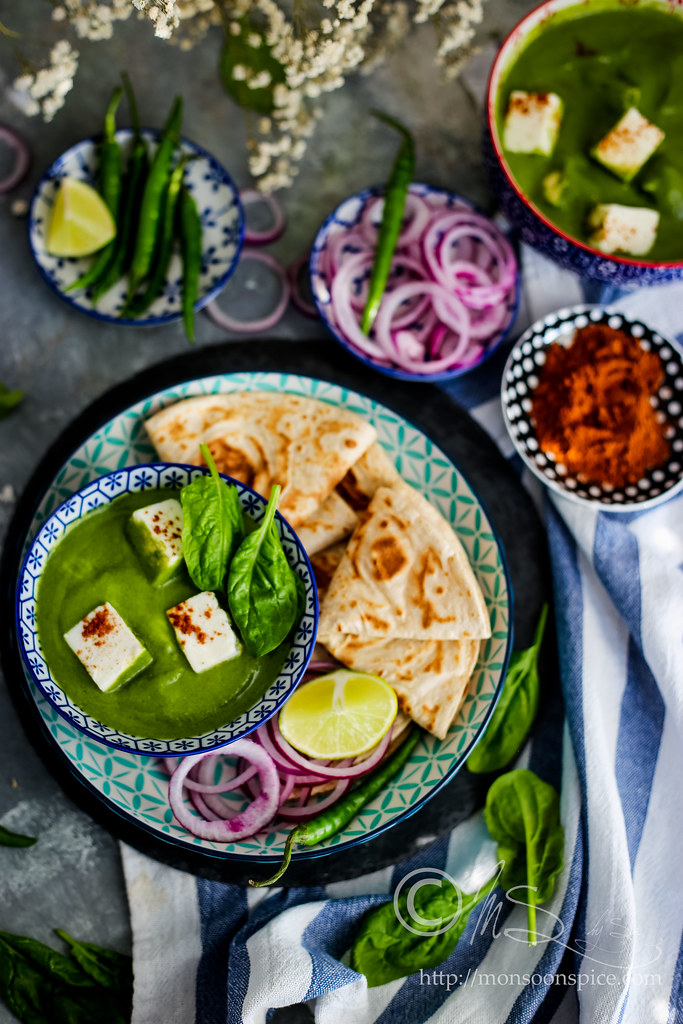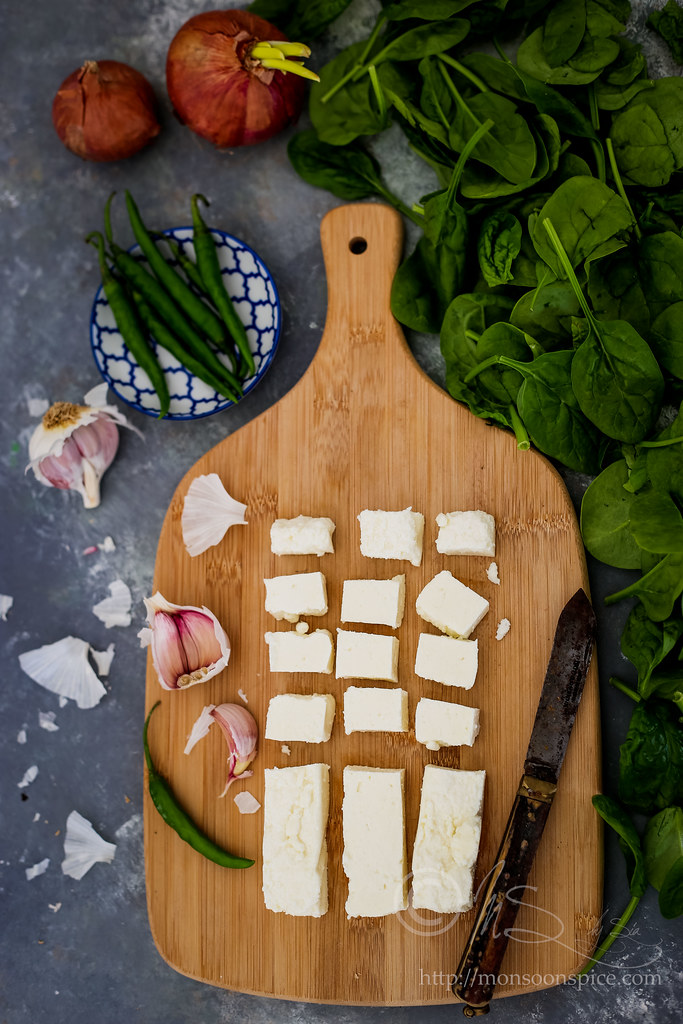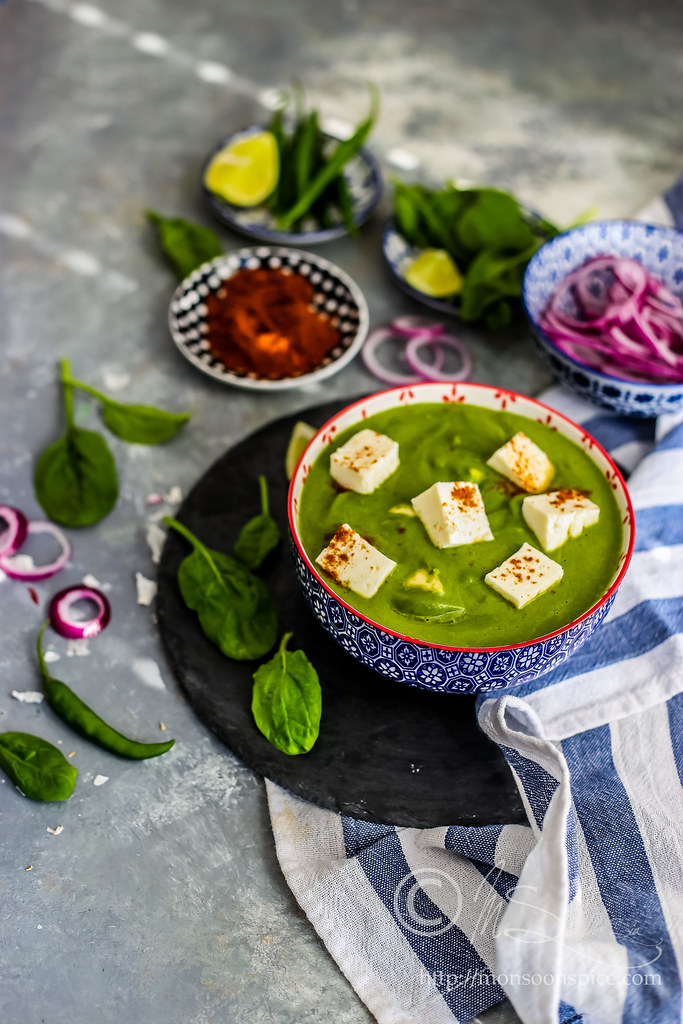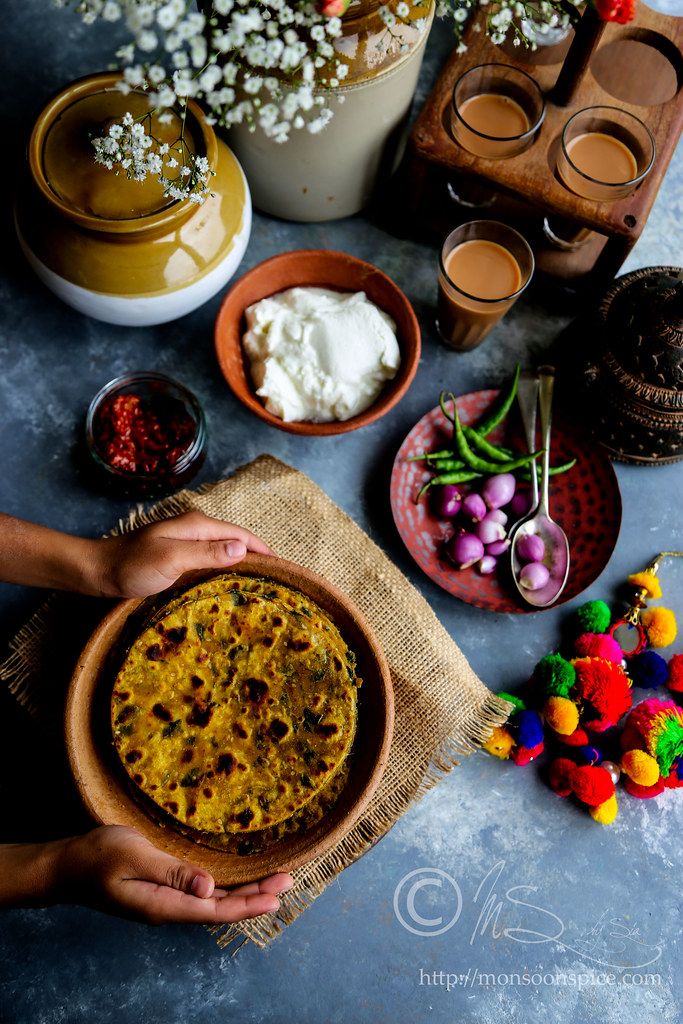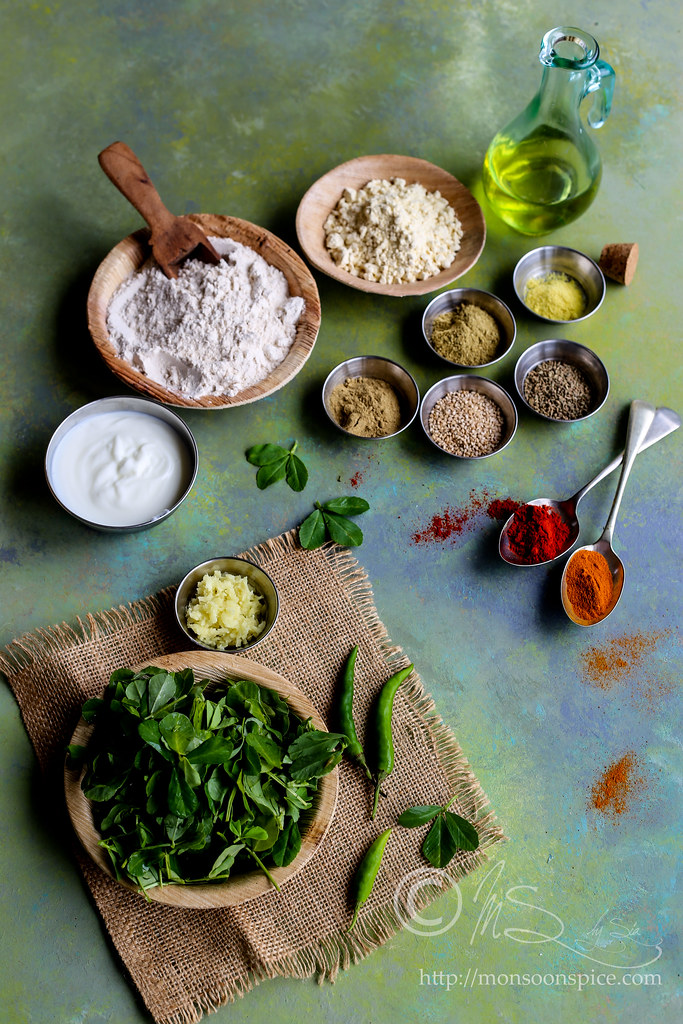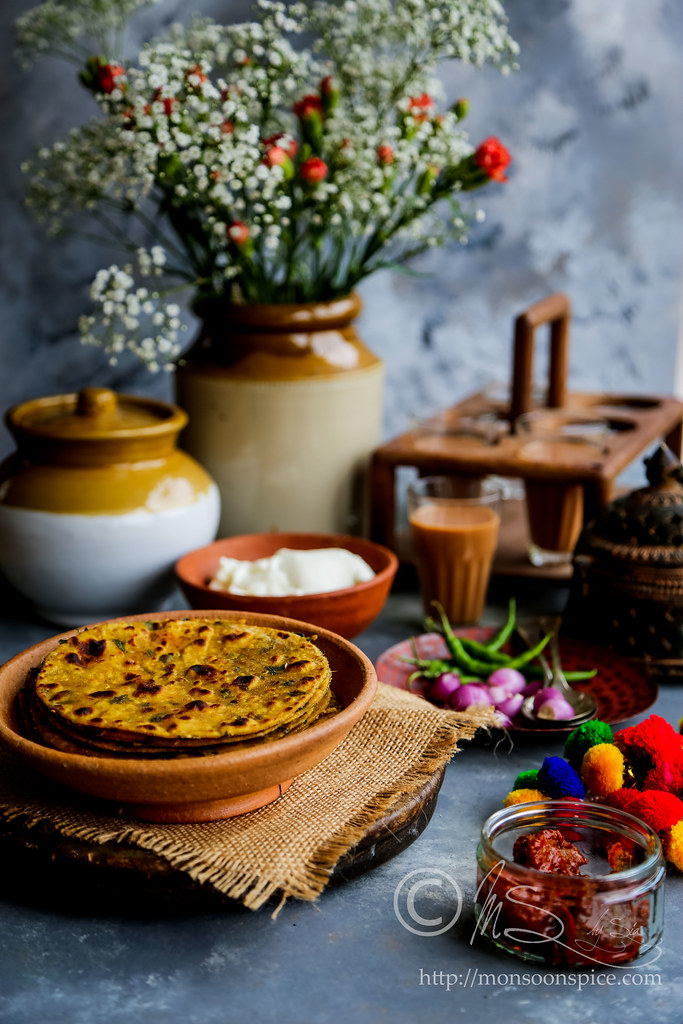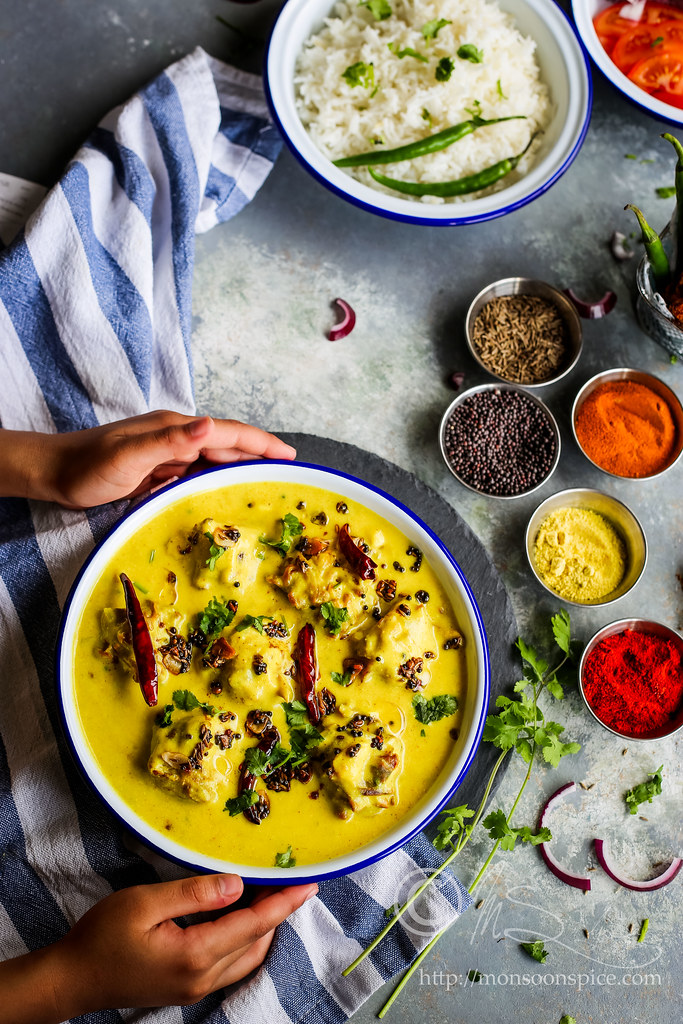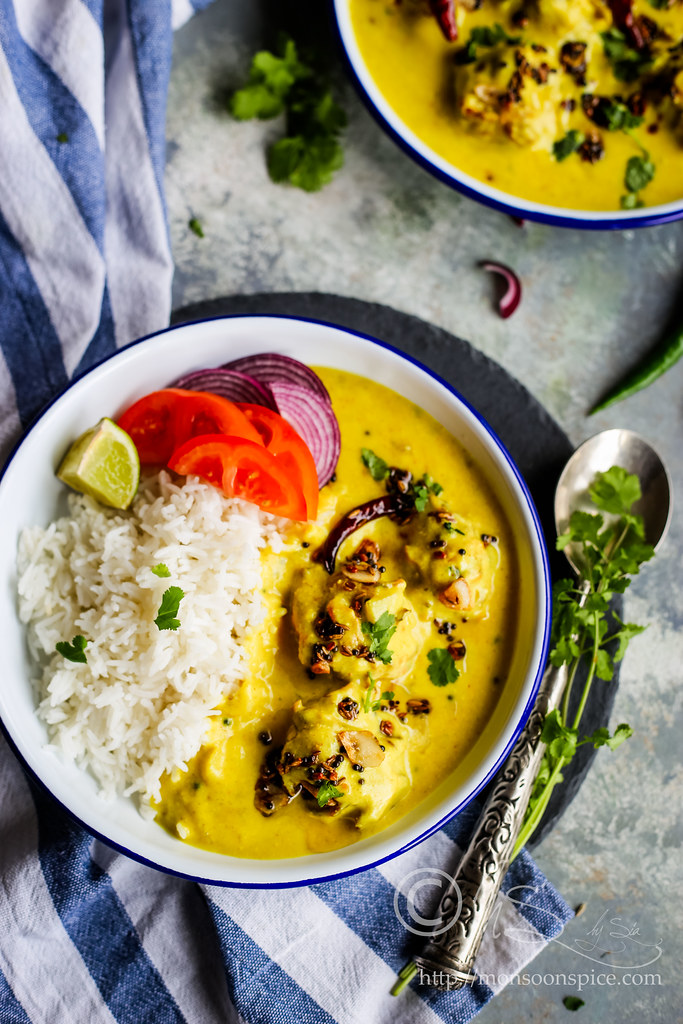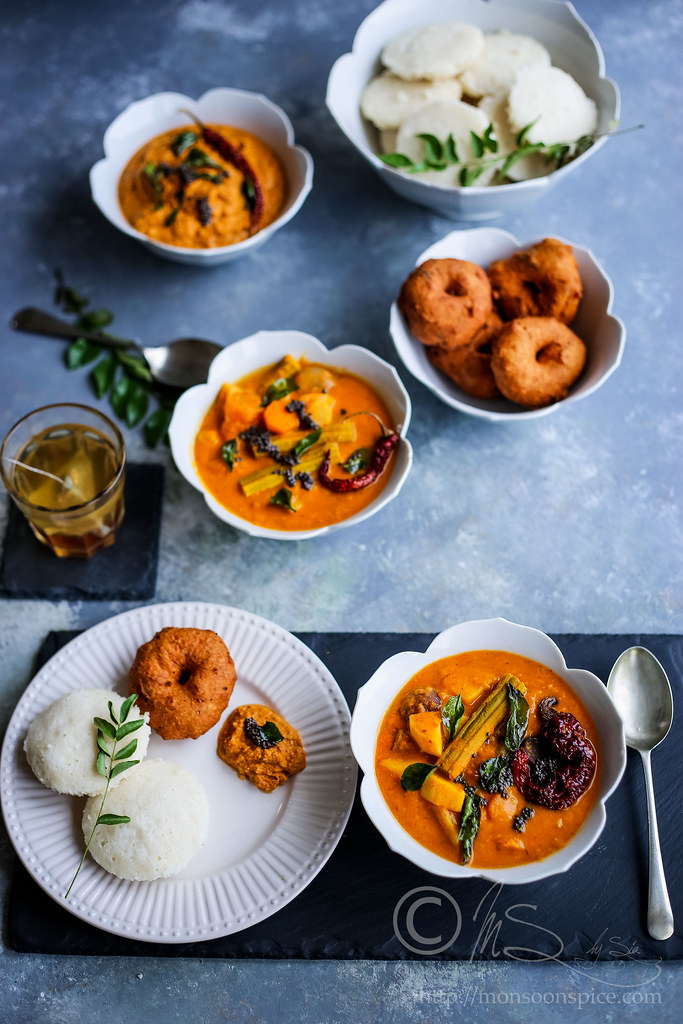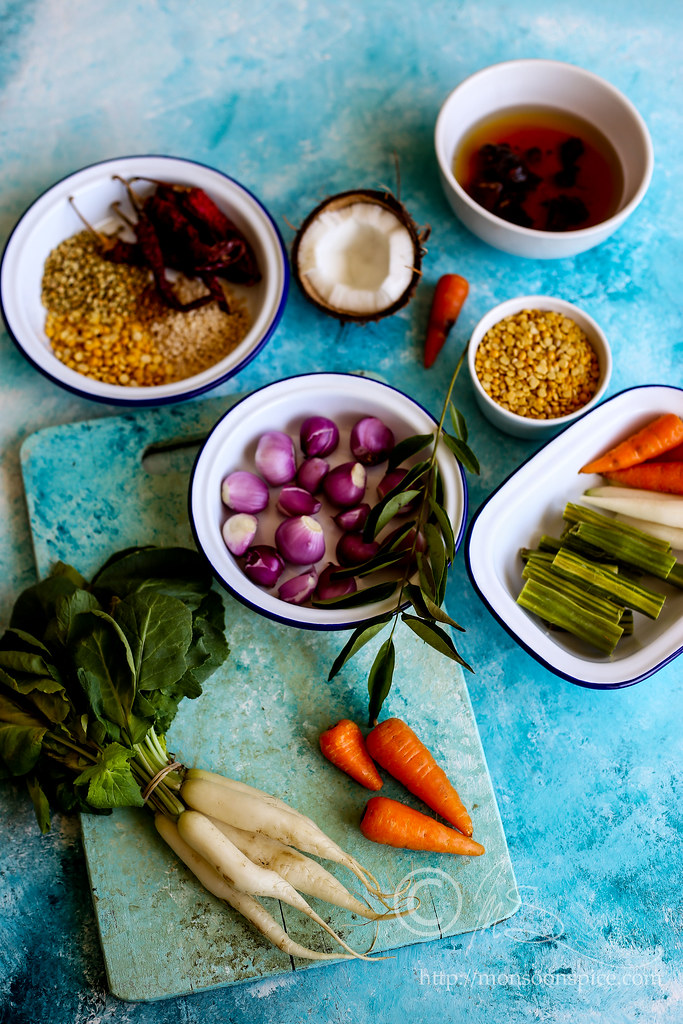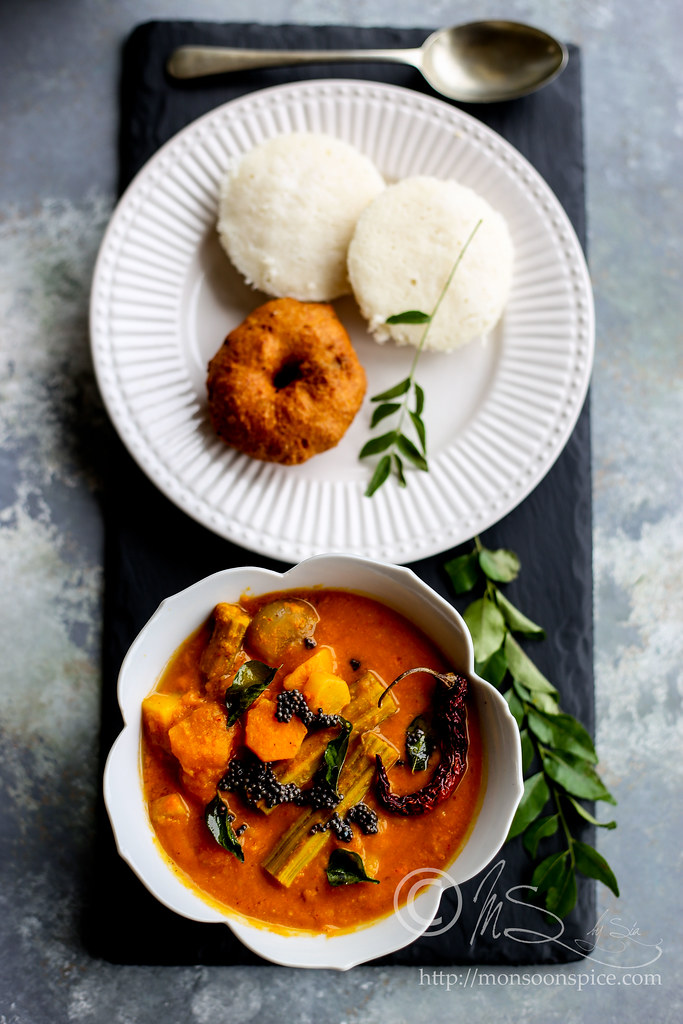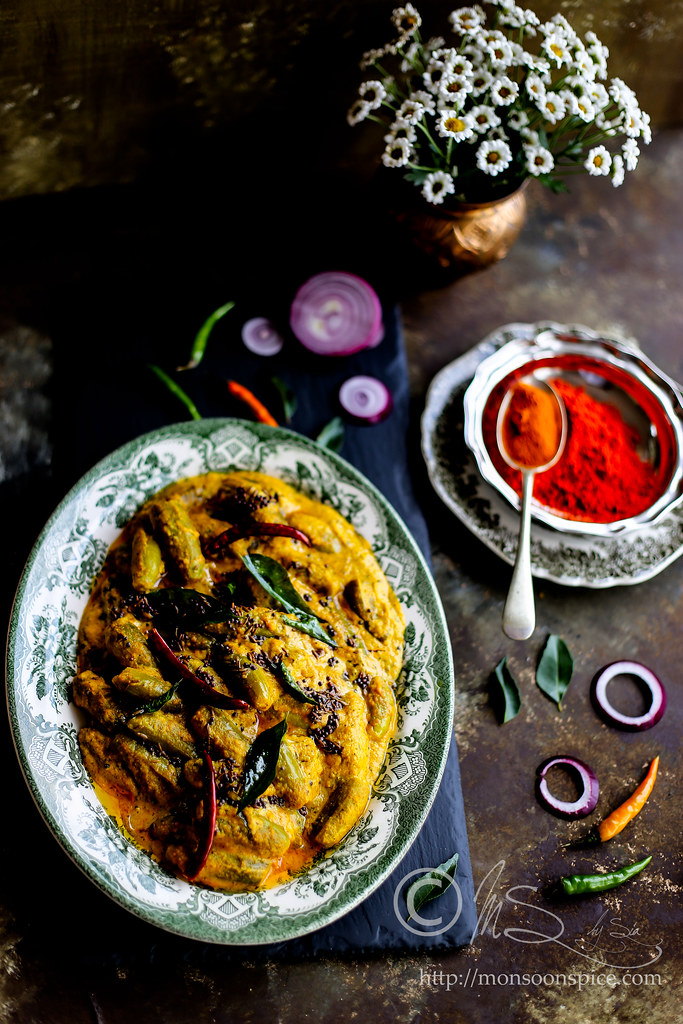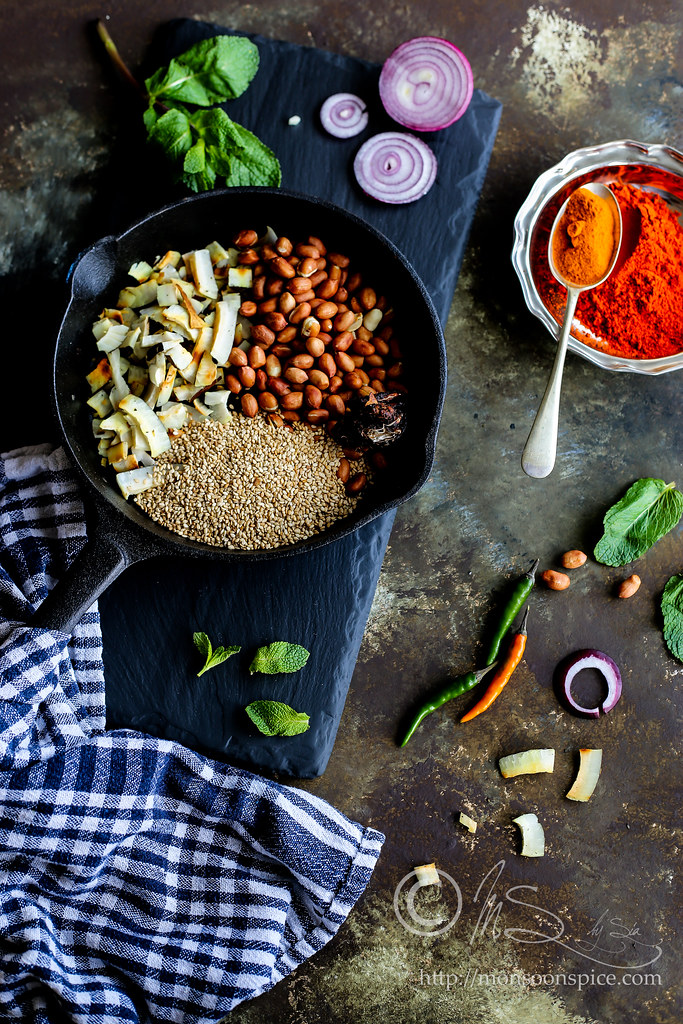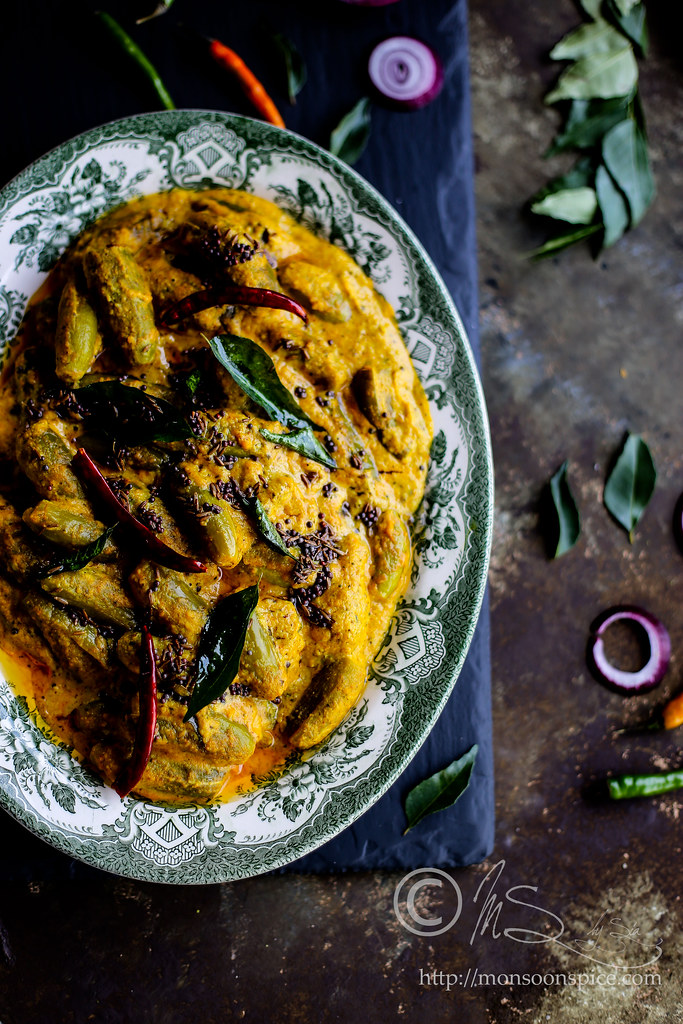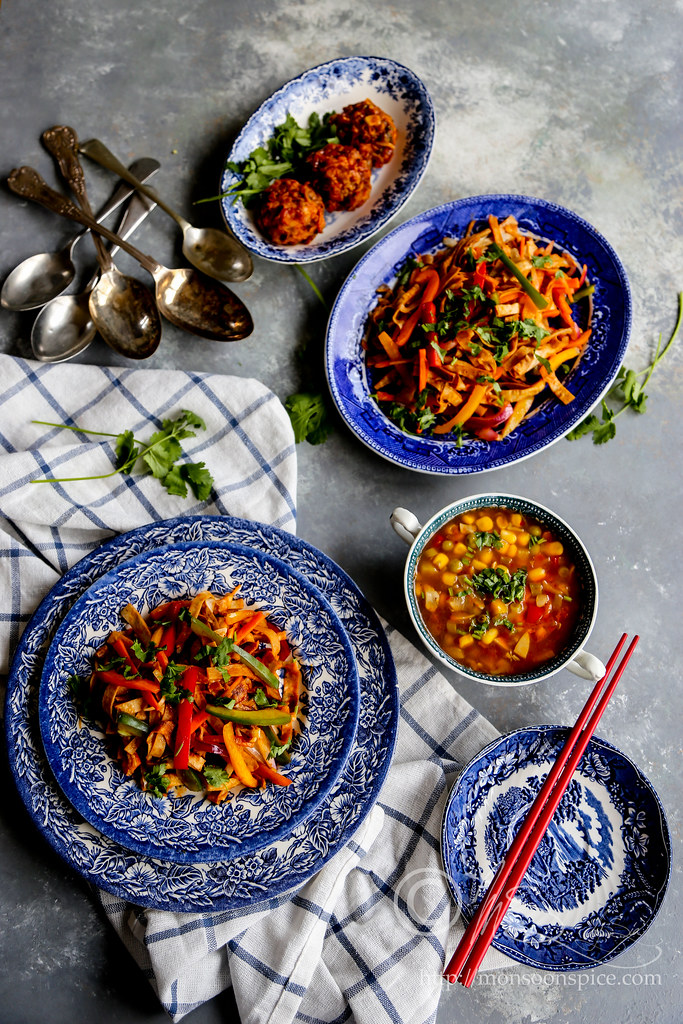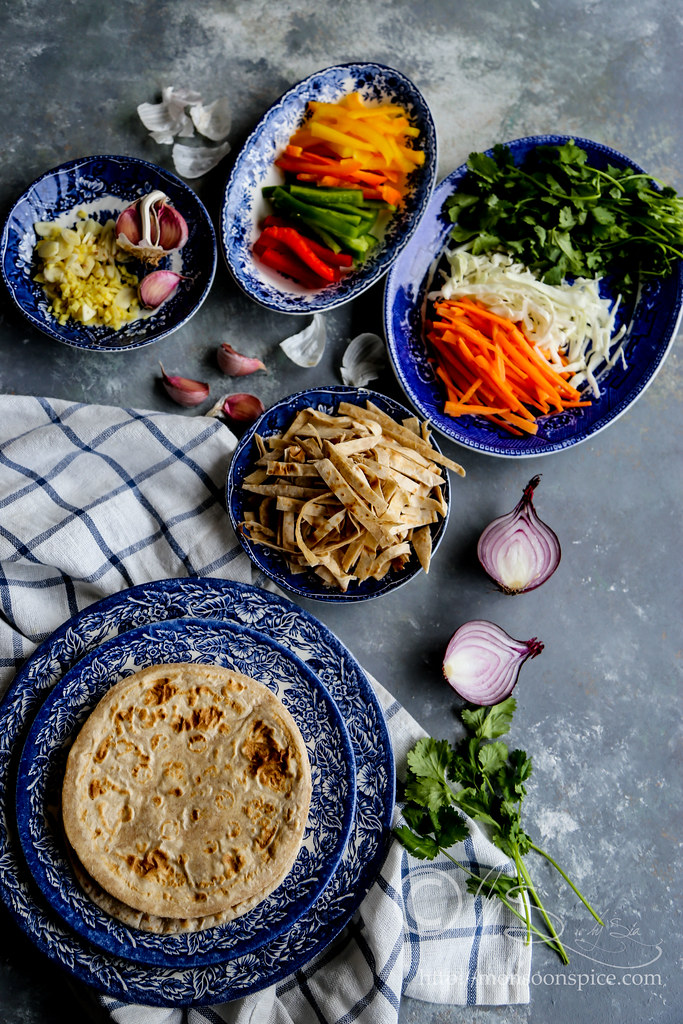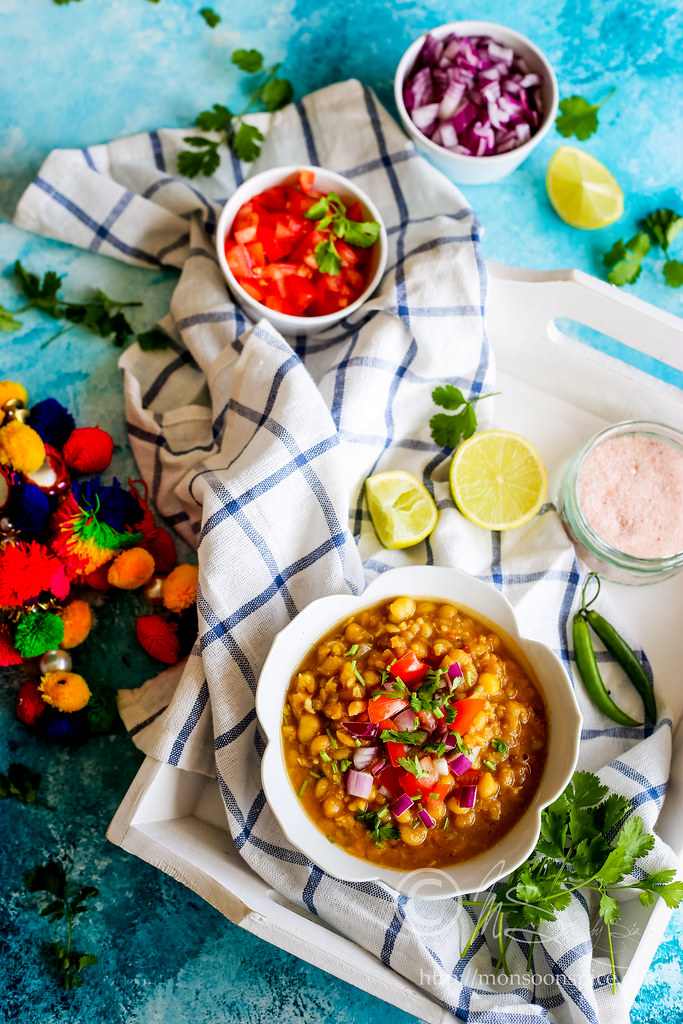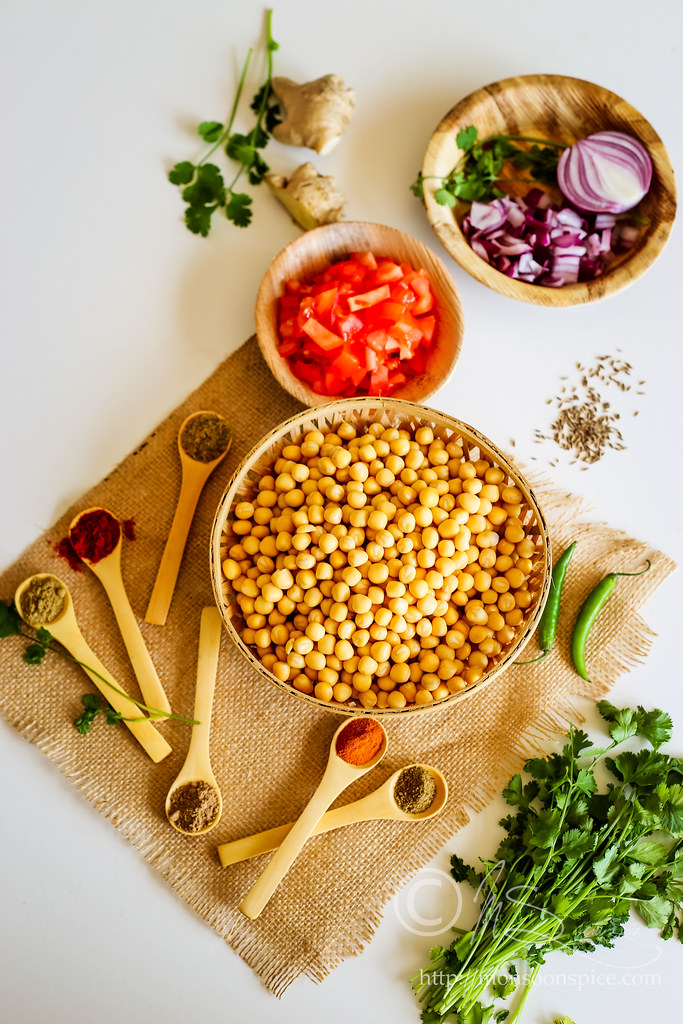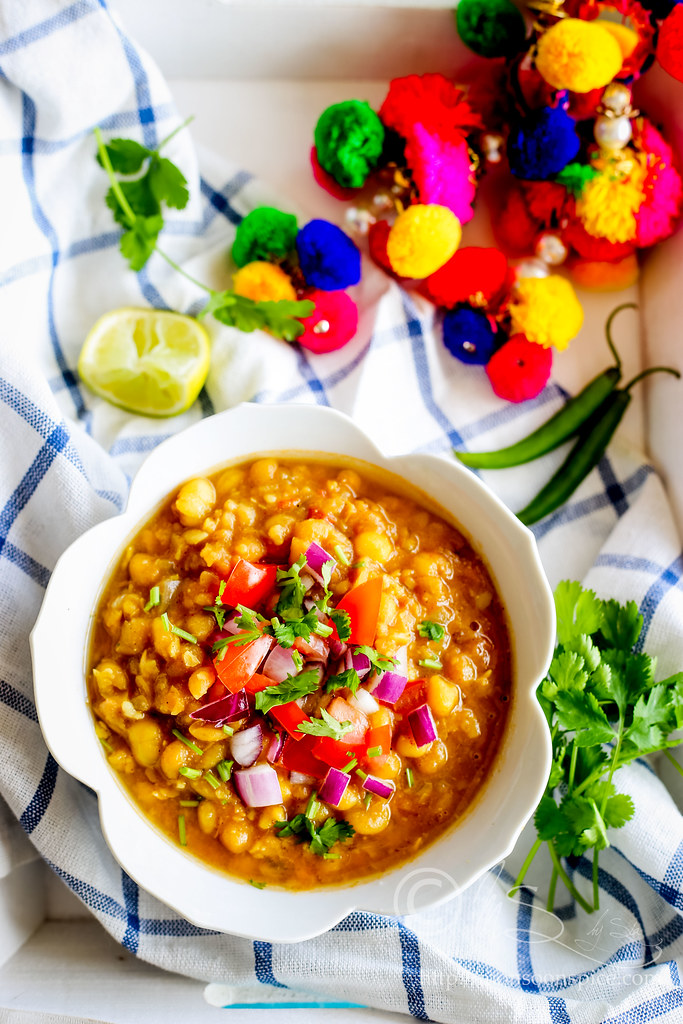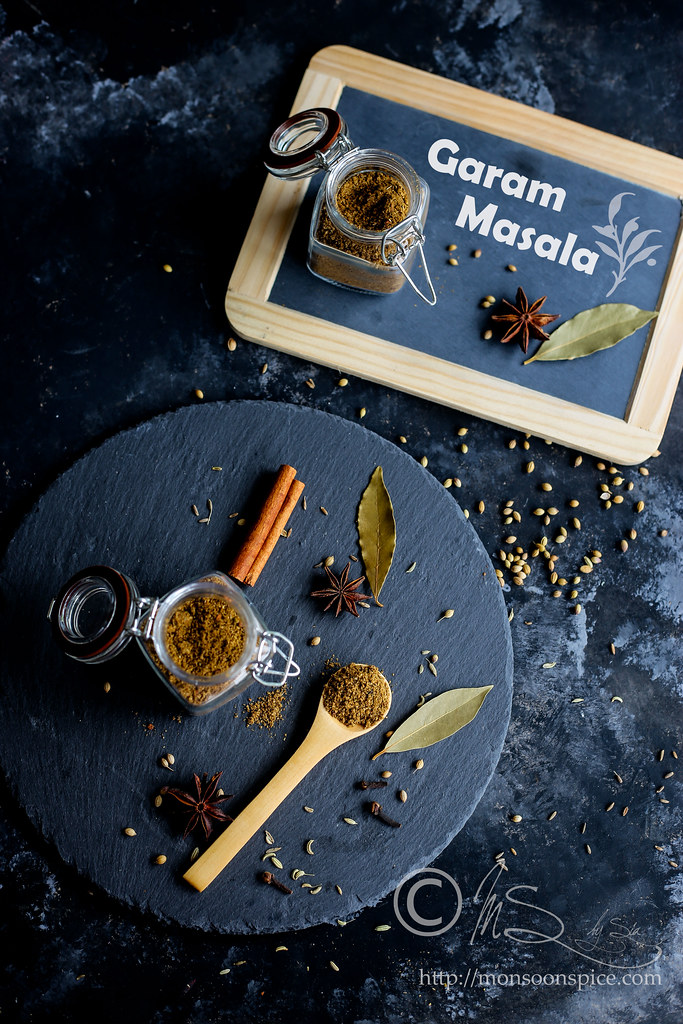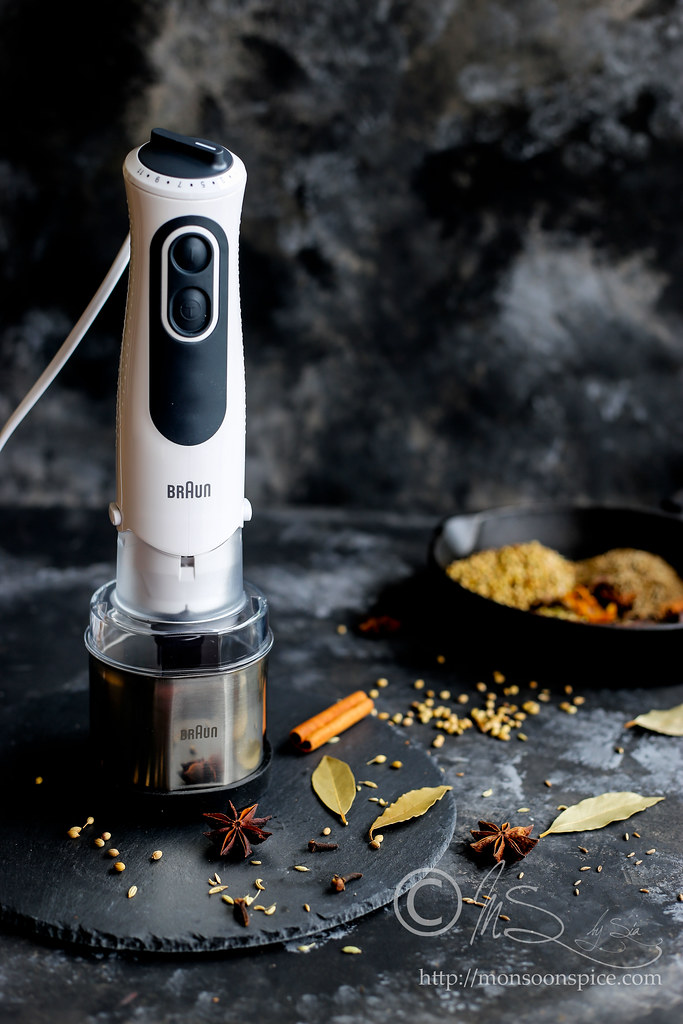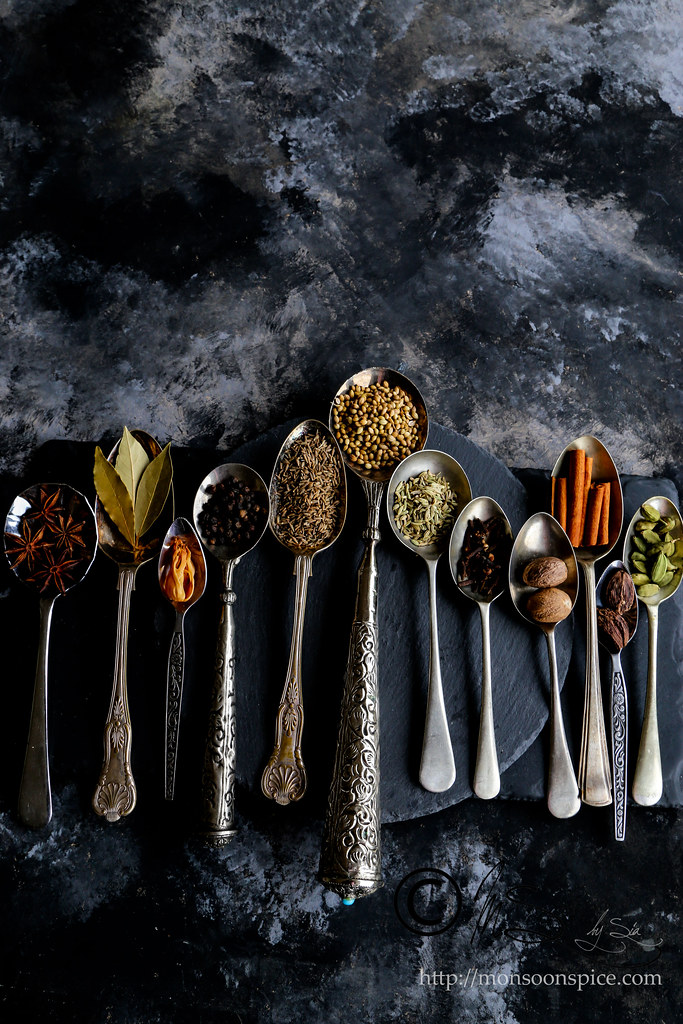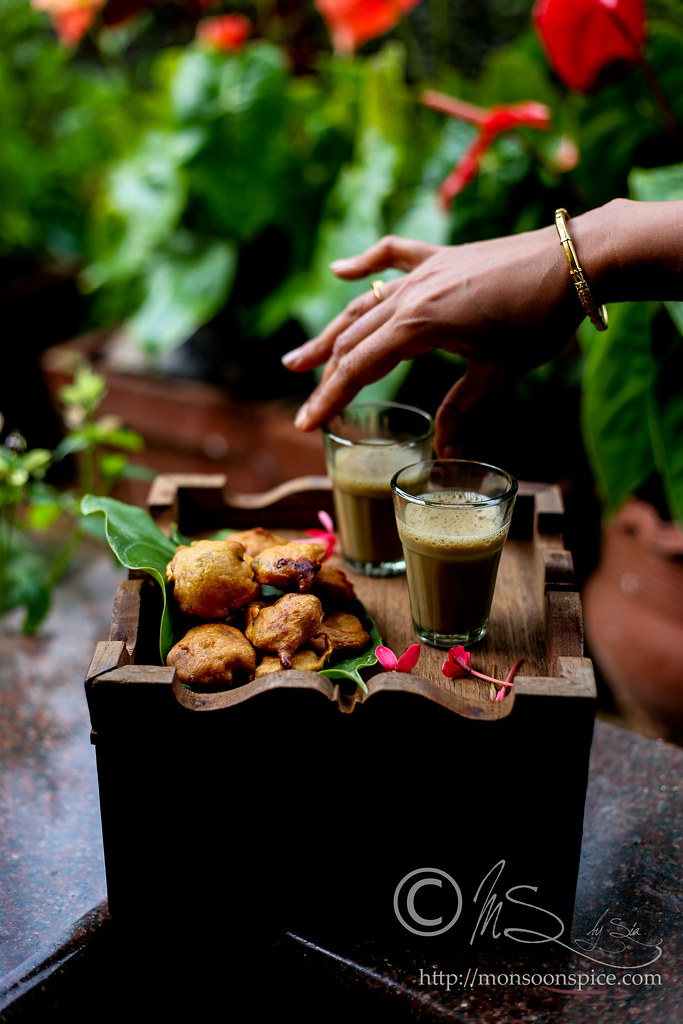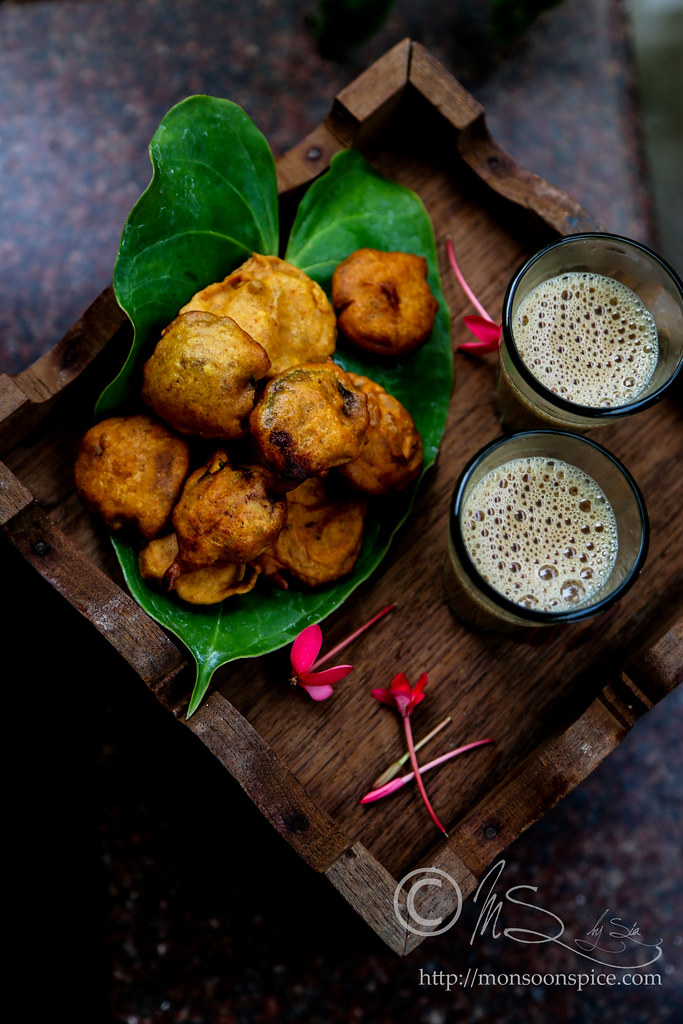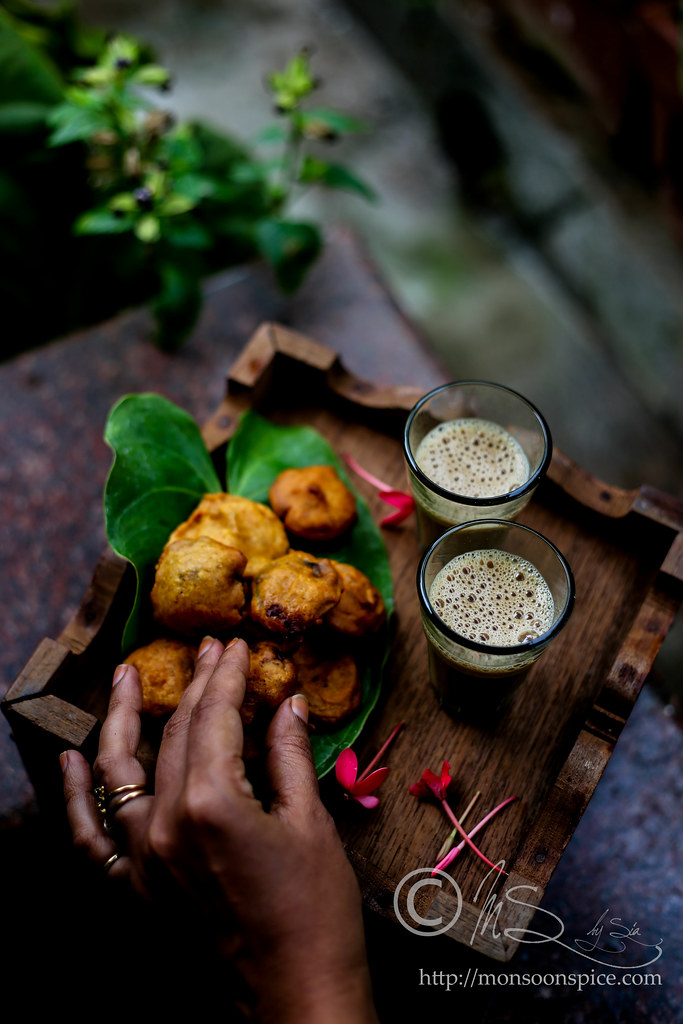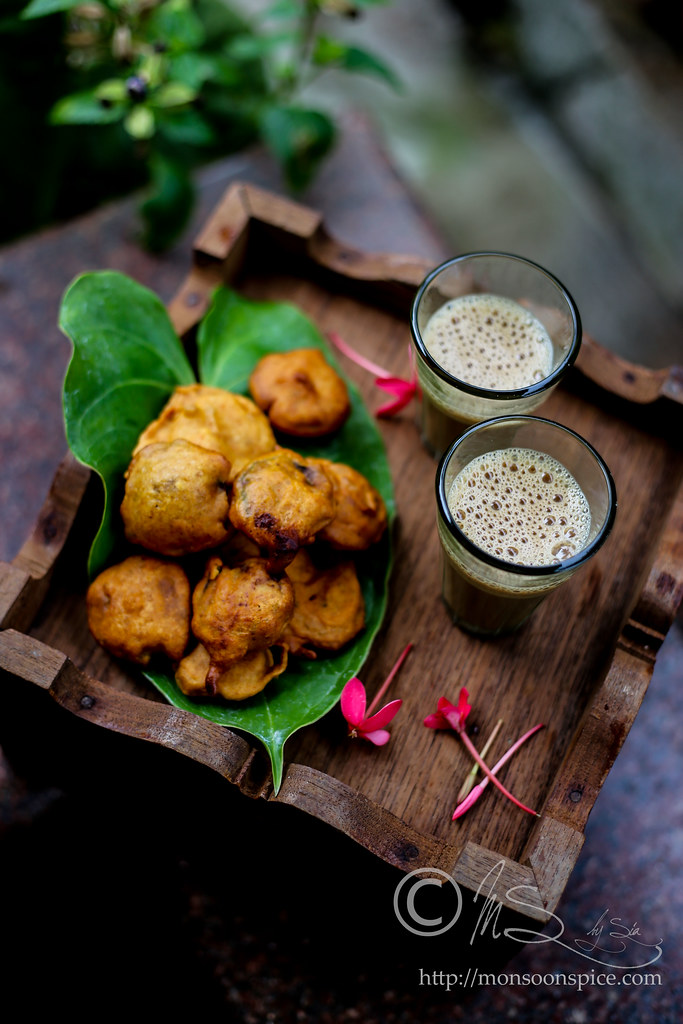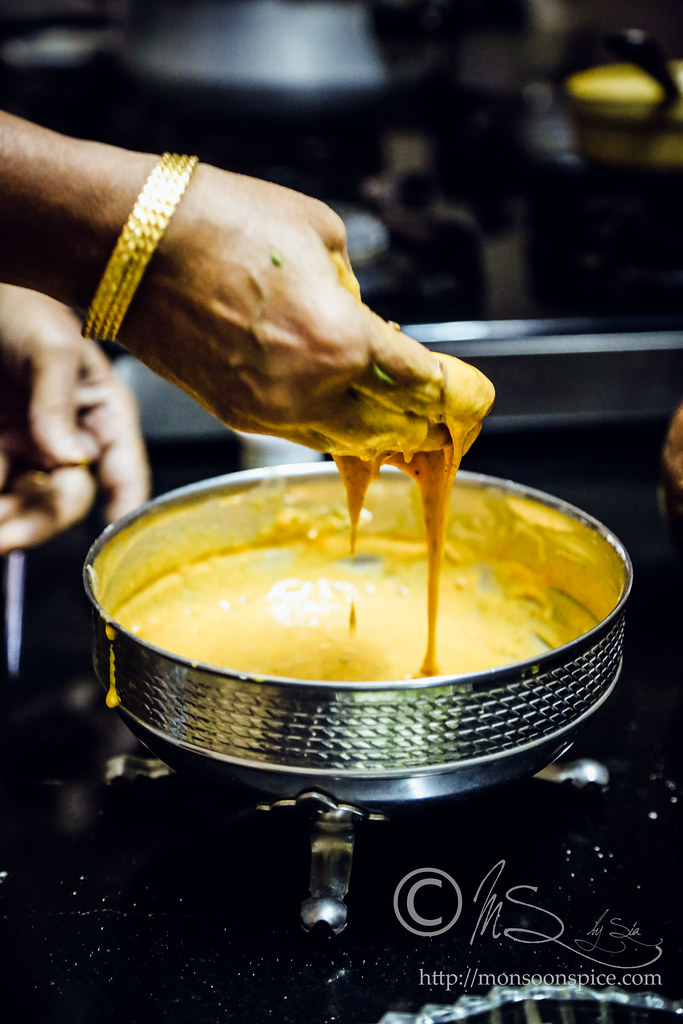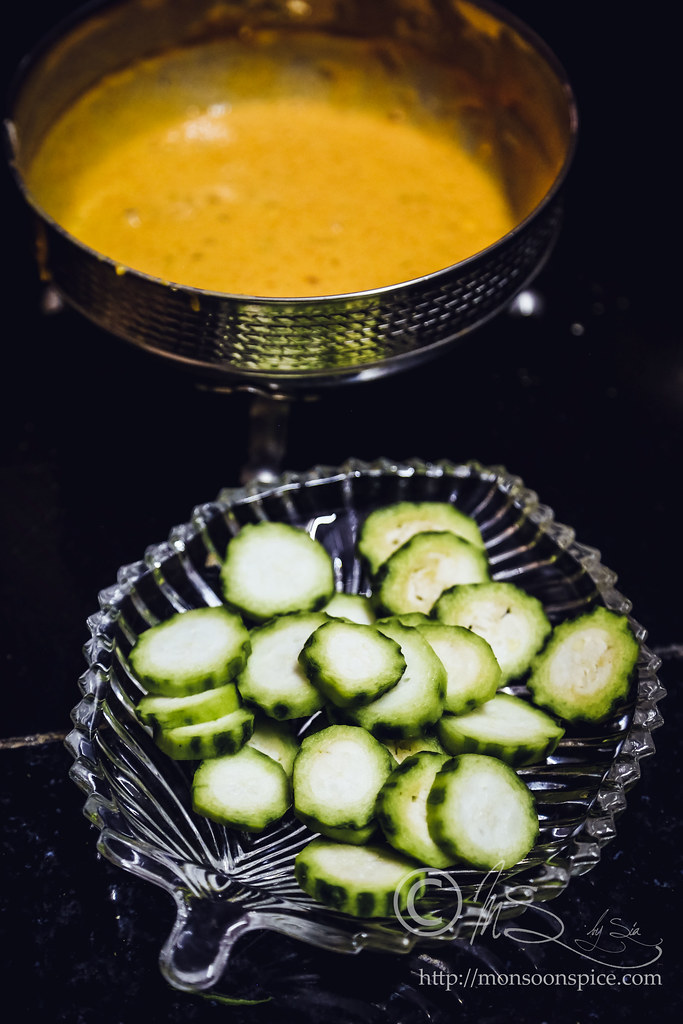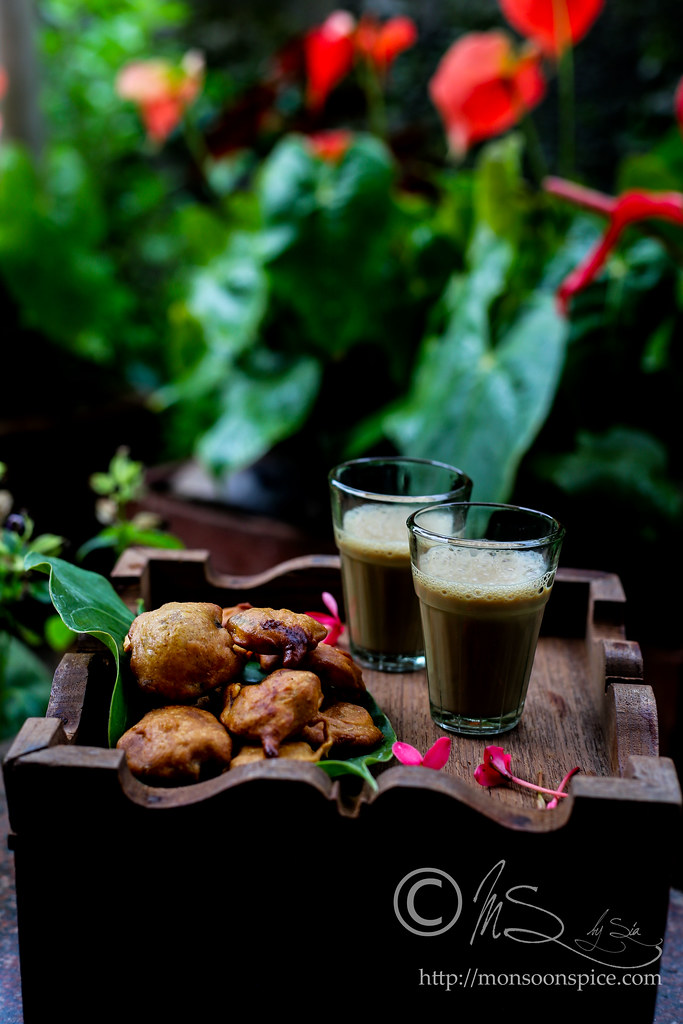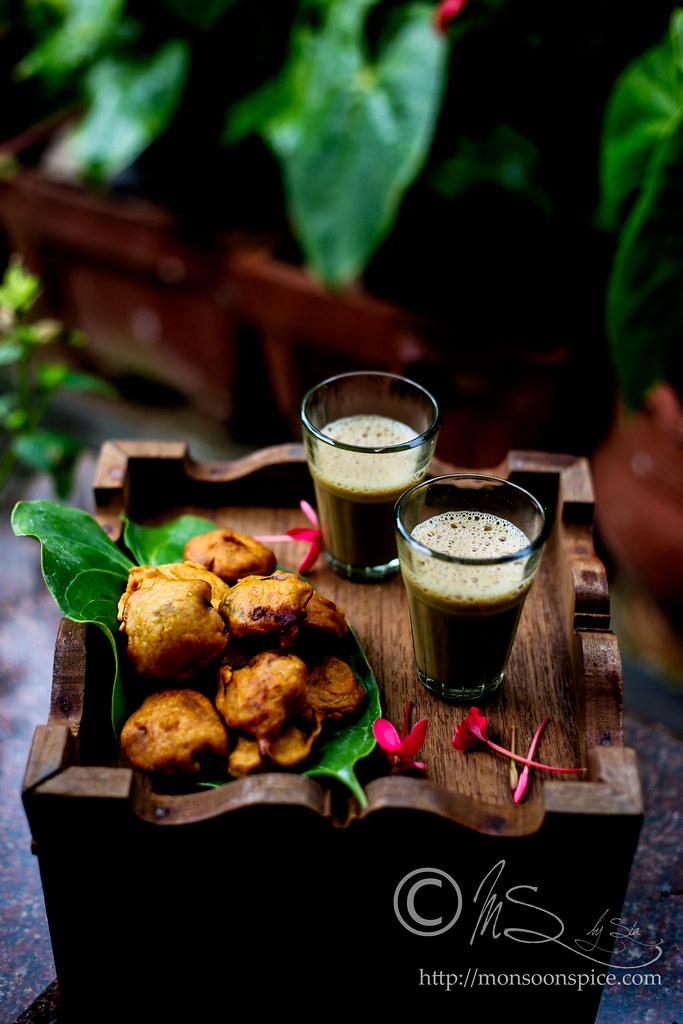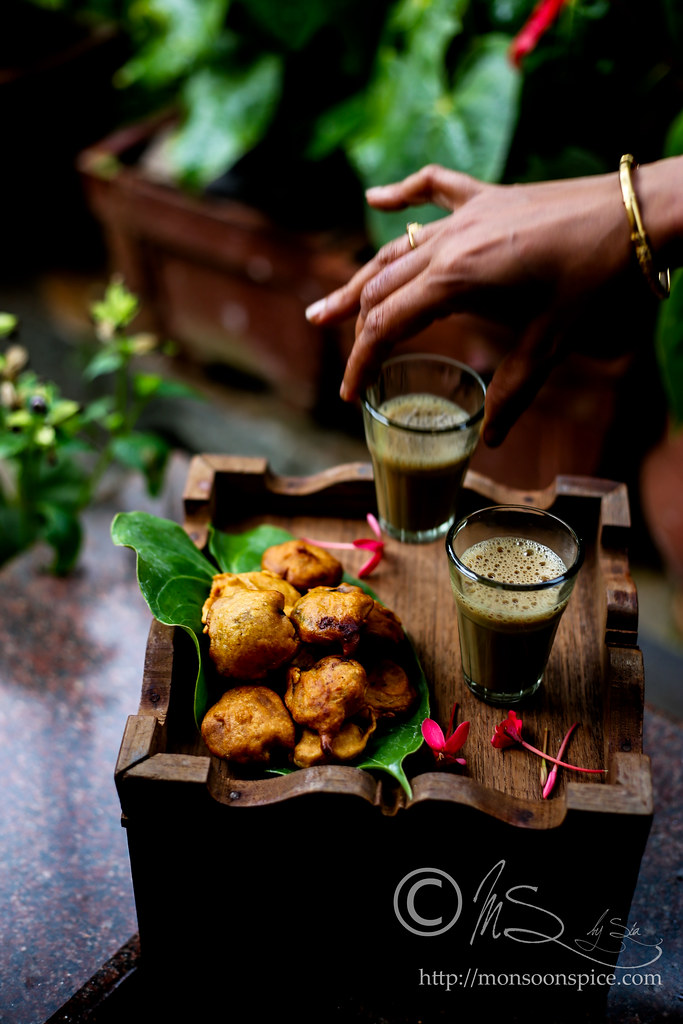
Learn how to make Aloo Methi Curry ~ Vegan potato and fresh fenugreek leaves in spicy tomato gravy
Fried, boiled, baked, mashed, stuffed, being stuffed(?!), roasted, grilled…
The above mentioned are some avatars of potato that come out of my kitchen at least once or twice a week. There is something about Potato, isn’t it? The unassuming tuber grows out of sight, underground and when pulled up it looks like a part of the earth. Have you ever seen it competing with other colourful vegetables or trying to take away the spotlight from other vegetables? This spud is neither good looking with frills of cauliflower, nor has beautiful glossy colours of bell peppers. This tuber neither has the clear complexion of white eggplants, nor the radiance of sweet corns. It is oddly shaped unlike slender beans or round tomatoes and sometimes even comes with ugly black spots on its muddy body! Have you ever seen any vegetable seller singing its songs of praise, trying to attract his buyers? When he is praising the goodness and beauty of other vegetables, you will find the dirty sack of potatoes sitting quietly in some dark corner, trying very hard to stay out of spotlights and looks of admiration!

Ingredients for Aloo Methi Curry
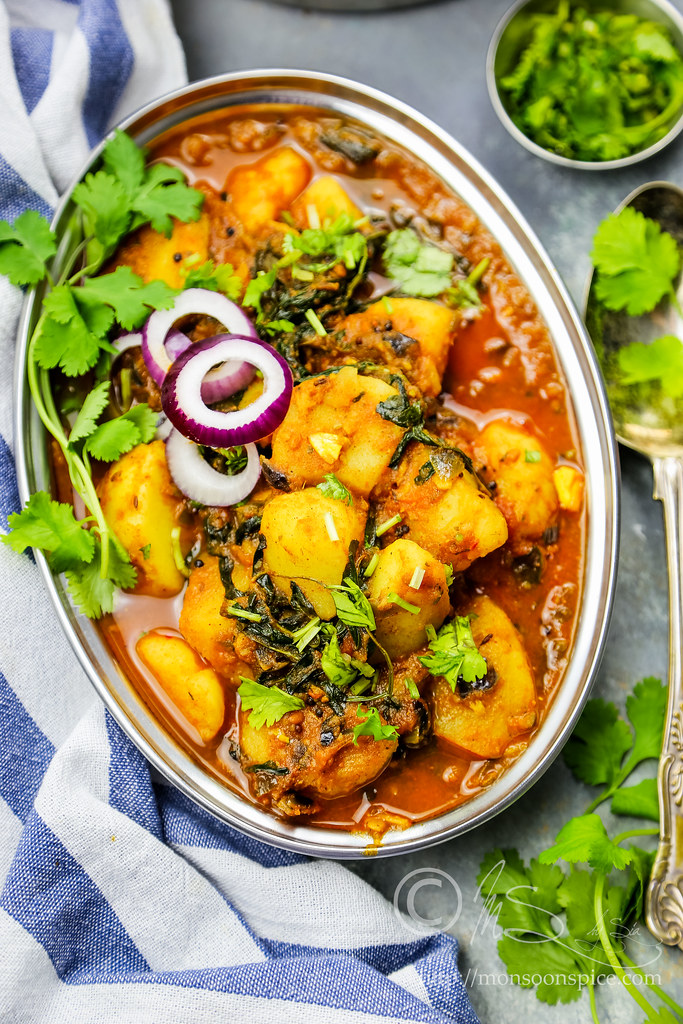
That is how I see the potato; humble, unpretentious and highly adaptable. Cook it with any ingredient, vegetables or spices and it transforms into something irresistible. The down to earth and simple looking raw potato transforms into an exquisite and tantalising dish!






